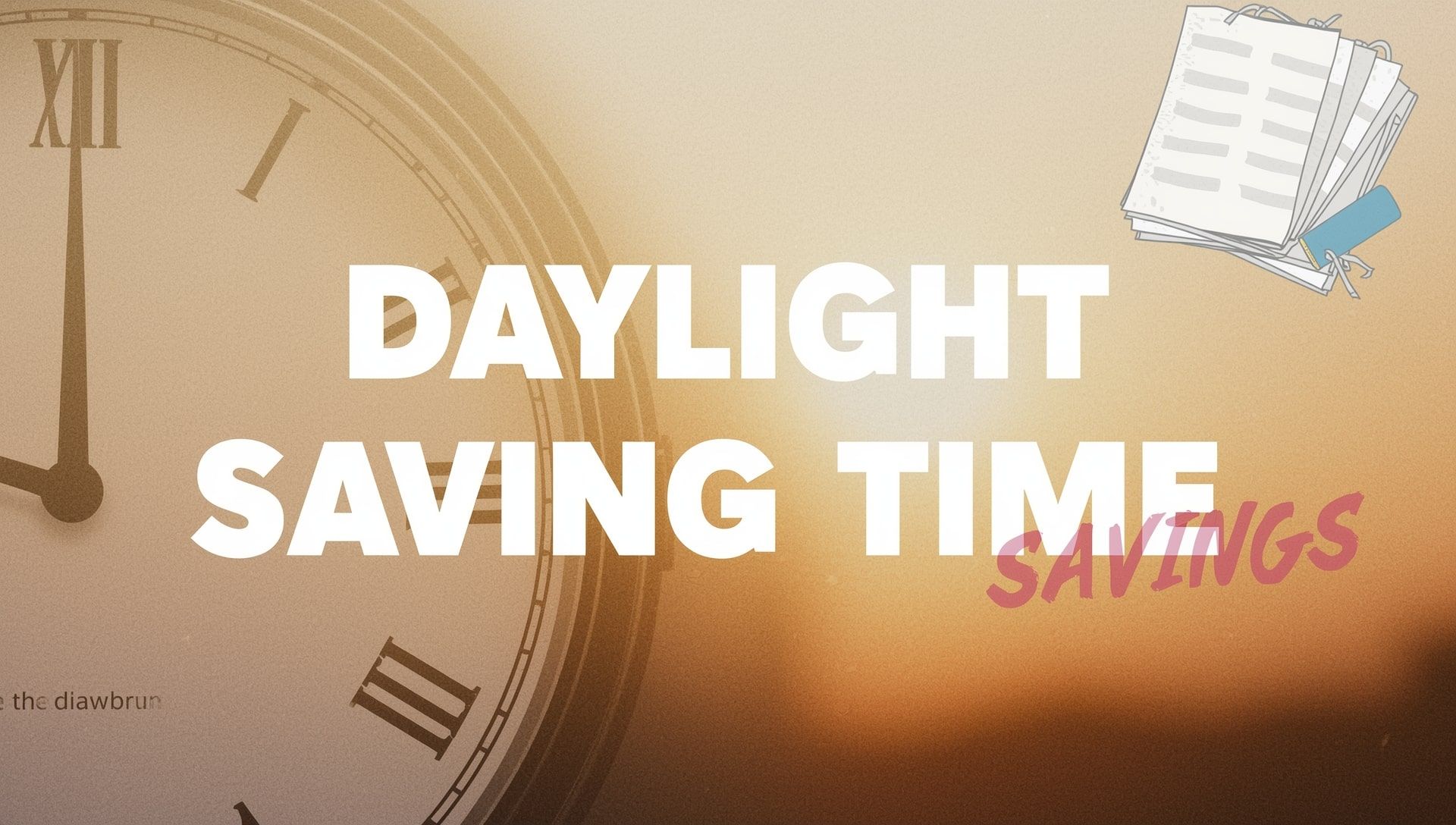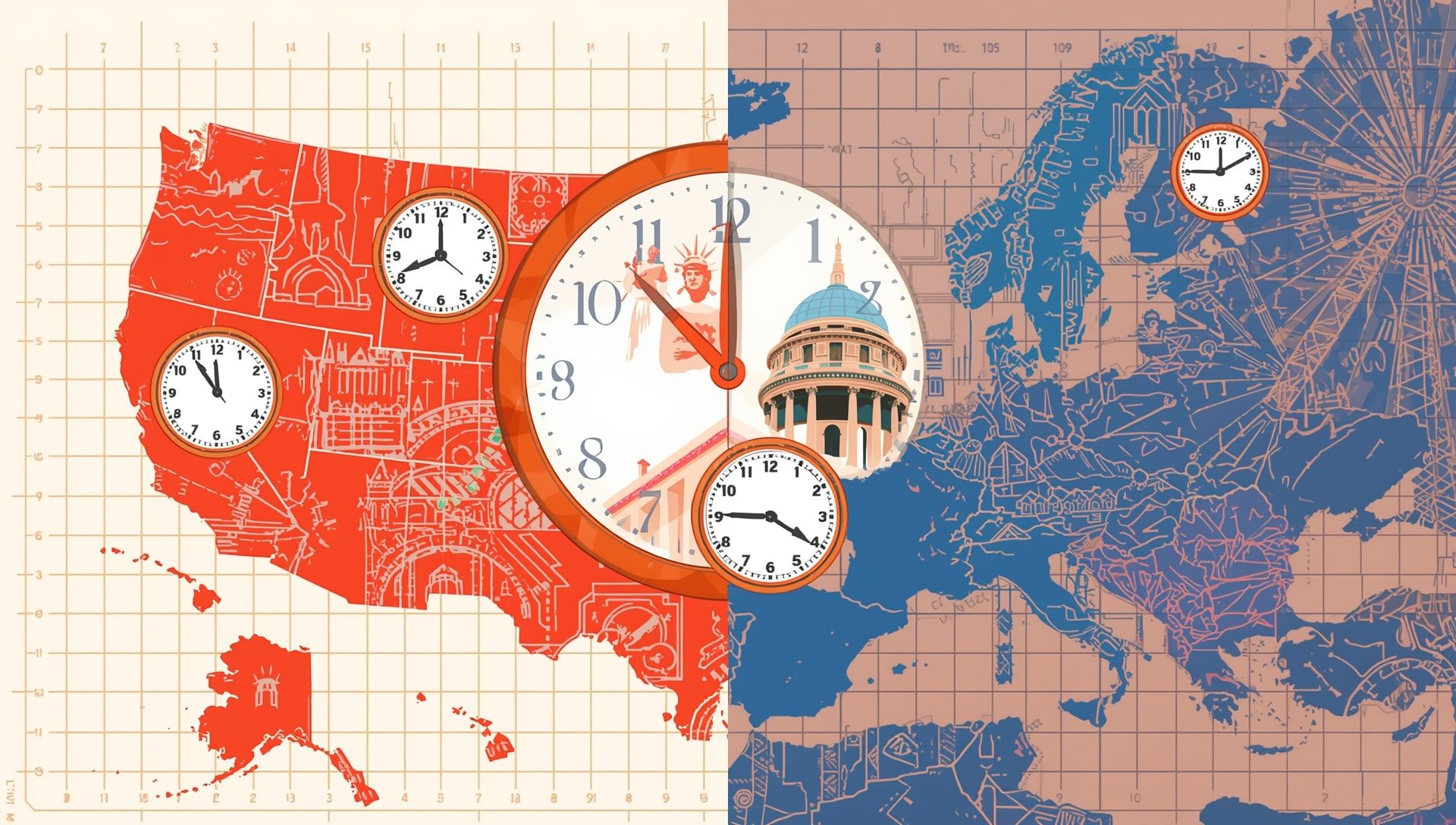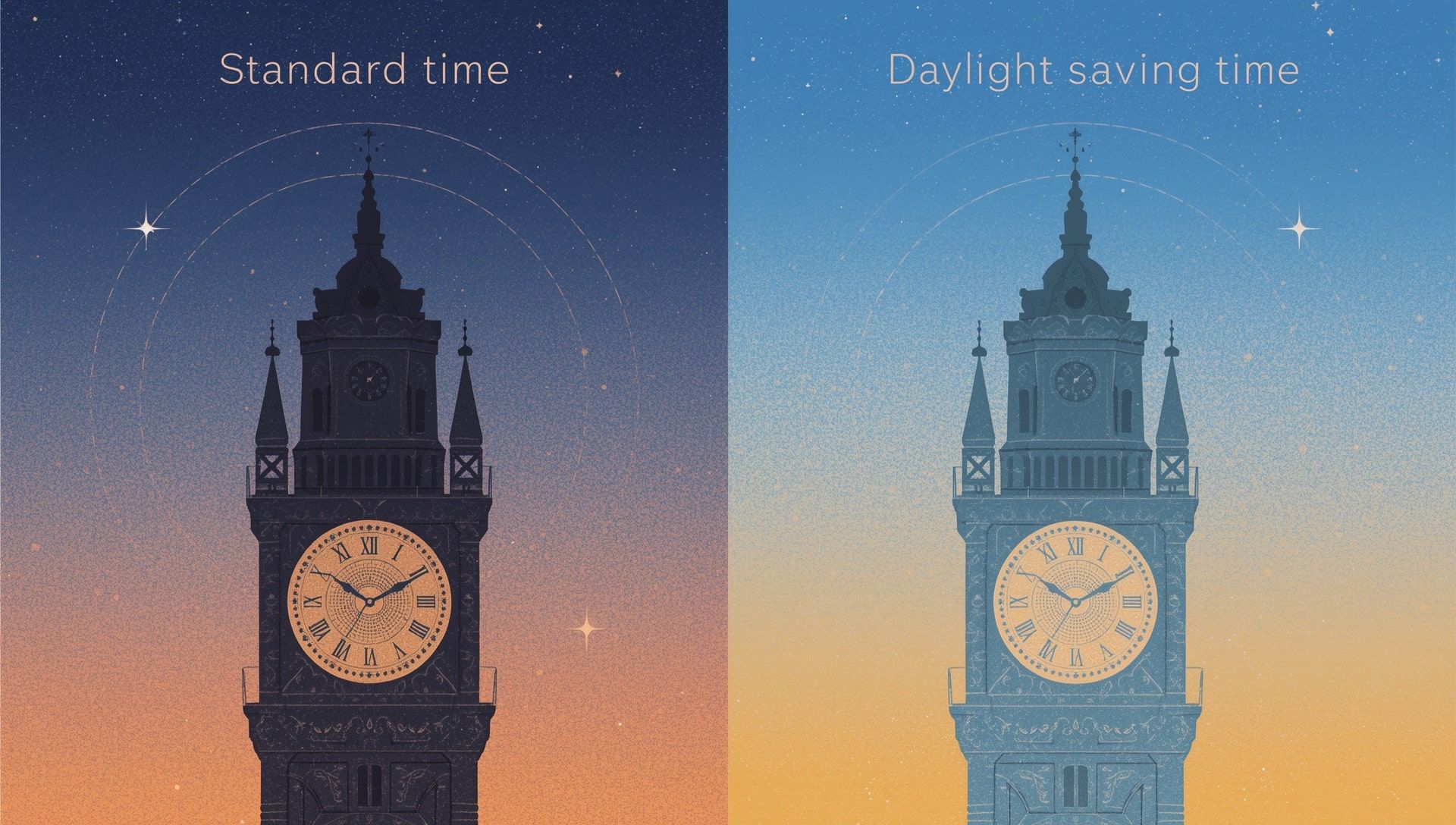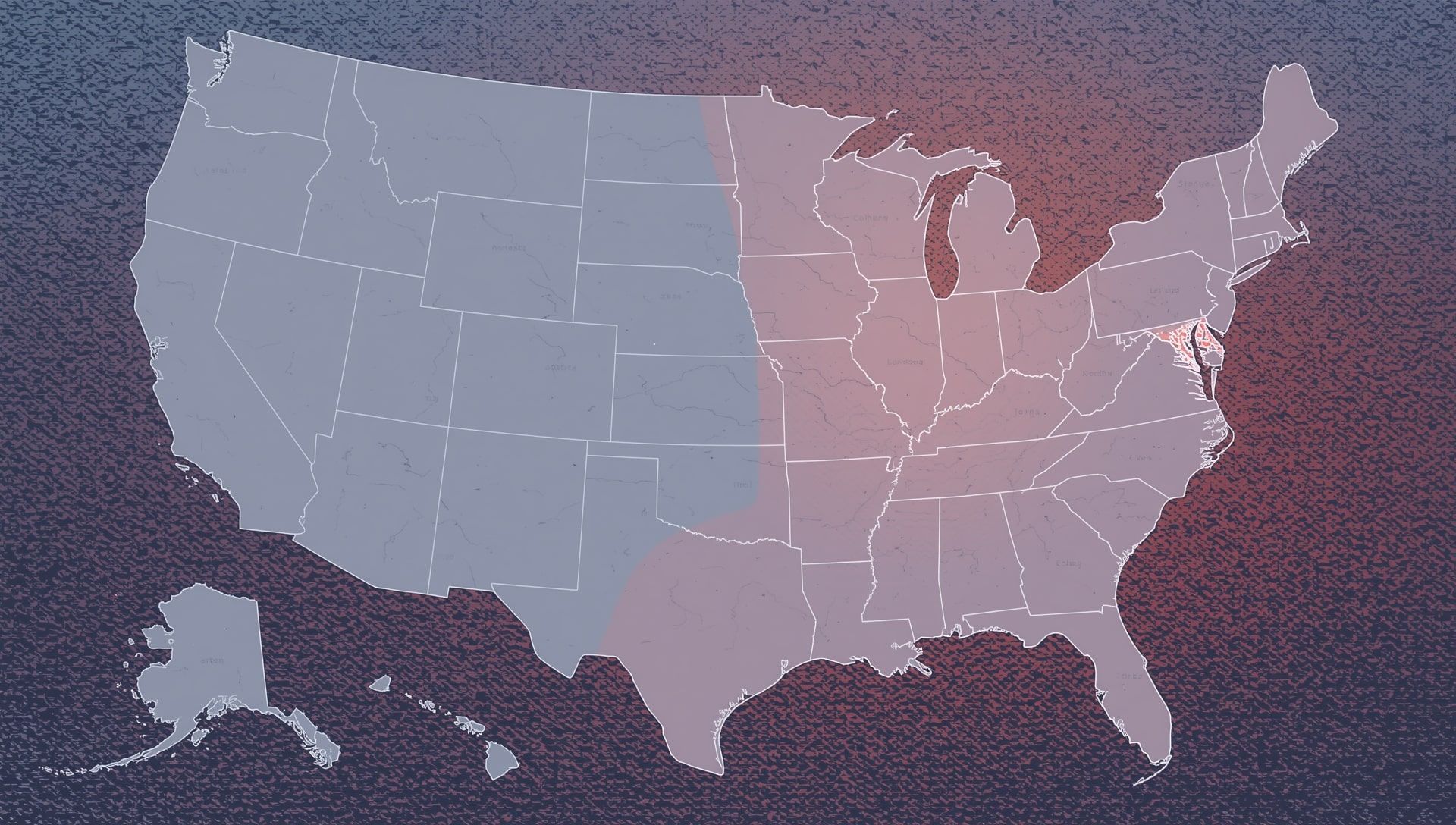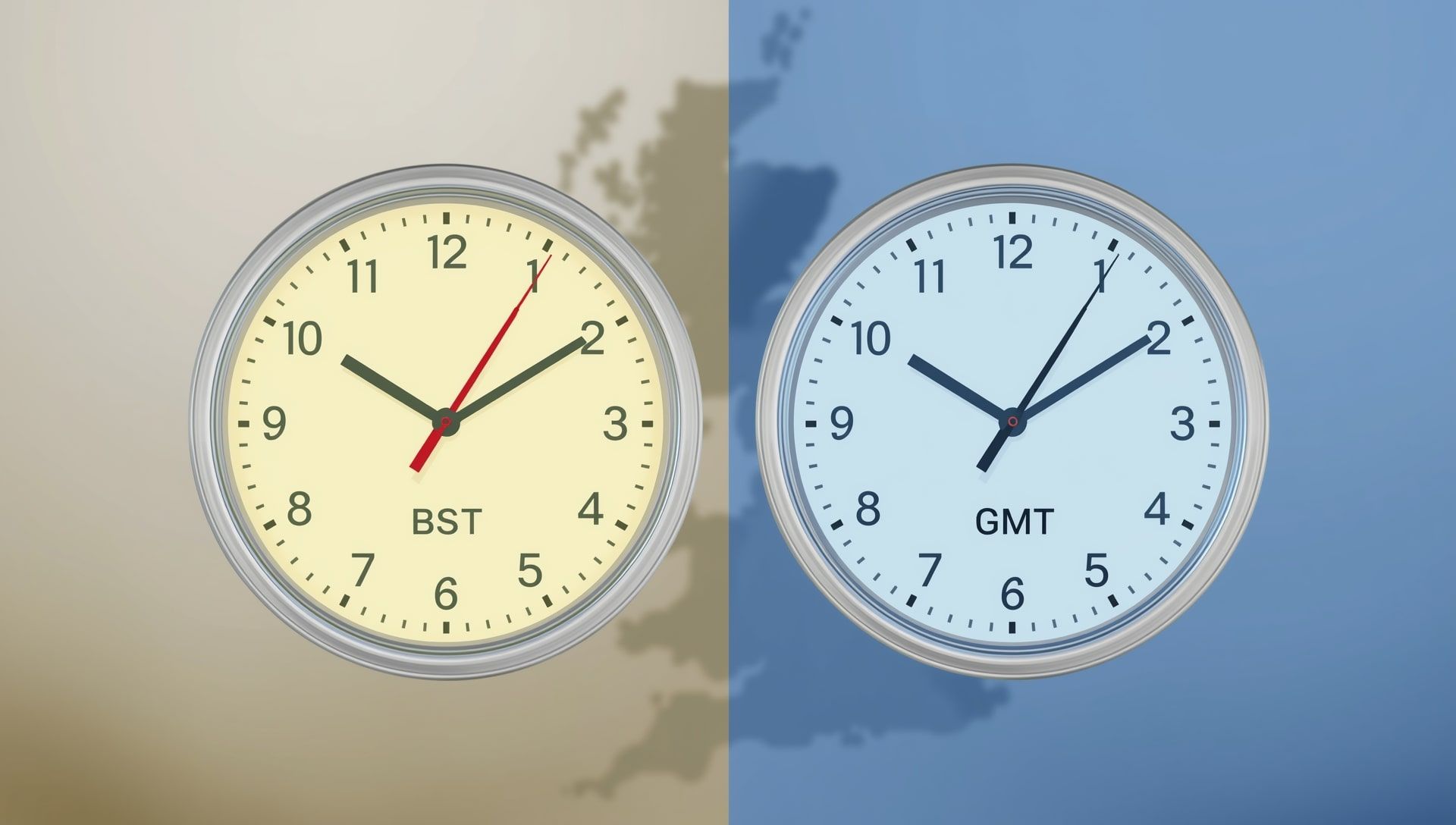Every year, as people prepare to move their clocks forward or backward, the same question pops up: What’s the correct term? Is it Daylight Saving Time or Daylight Savings Time? Even official sources, media outlets, and government websites occasionally mix the two. The short answer is that both are widely used, but only one is grammatically correct. Let’s clear up the confusion once and for all and explore how this small difference became so common.
The Correct Term Explained
According to English grammar, the official name is Daylight Saving Time (DST). The word “saving” functions as a participle that modifies the noun “time.” In simpler terms, it refers to “time for saving daylight.” Adding an “s” turns “saving” into a noun, which changes the meaning incorrectly.
The name was first used when the system was introduced in the early 20th century and has been officially recognized by governments and organizations ever since. In all U.S. federal documents and international standards, you’ll find it written without the “s.” You can see similar naming standards in the IANA time zone database.
Why “Savings” Became So Common
Despite the official version being singular, many people say “Daylight Savings Time.” This usage has become so widespread that even broadcasters and print media occasionally use it. Linguists believe the reason lies in how we naturally form phrases in English. For instance, we say “savings account” or “energy savings,” where “savings” is a familiar noun.
When people hear “saving,” it can sound incomplete on its own. Adding the “s” feels more natural in everyday speech, even though it doesn’t match the original structure. Over time, both forms entered popular vocabulary, blurring the line between what’s proper and what’s common, especially around seasonal clock change events.
A Quick Grammar Breakdown
| Form | Correct? | Meaning | Example |
|---|---|---|---|
| Daylight Saving Time | ✅ Correct | Time for saving daylight | Daylight Saving Time begins in March. |
| Daylight Savings Time | ❌ Common, but incorrect | Informal or popular usage | People often say “Daylight Savings Time” by habit. |
How the Term Originated
The phrase Daylight Saving Time originated in the early 1900s when British builder William Willett proposed adjusting clocks during summer months to make better use of daylight. His proposal and later legislation used the singular form “saving.” The idea was to create “time for saving daylight,” not “time for savings.” The story of this concept’s spread is closely tied to the history and origins of DST.
When the United States adopted the system in 1918 and again standardized it in the 1966 Uniform Time Act, lawmakers kept the original phrasing. Over the decades, this wording spread to most English-speaking countries, many of which are listed in the countries directory.
Regional Variations in Usage
Although “Daylight Saving Time” is technically correct, usage varies by region:
- In the United States, both terms are used, though government sources stick to the singular “saving.”
- In the United Kingdom, the equivalent is called British Summer Time (BST), not DST.
- In Canada and Australia, official documents also use “Daylight Saving Time,” but many locals casually say “Savings.”
- Some non-English-speaking countries translate the term literally, avoiding this confusion altogether, which can be seen on global time zone maps.
Why It Matters
You might wonder if it really matters which term you use. In casual conversation, not much. People know what you mean either way. However, in formal writing, journalism, or education, accuracy counts. Using the correct singular form aligns with official usage and reflects clear communication. This distinction also matters when referencing U.S. proposals for permanent DST.
Examples from Official Sources
Here’s how some major organizations use the term:
| Organization | Official Usage | Example |
|---|---|---|
| U.S. Government | Daylight Saving Time | “Daylight Saving Time begins the second Sunday in March.” |
| National Weather Service | Daylight Saving Time | “Clocks are set forward one hour for Daylight Saving Time,” according to weather authorities. |
| Associated Press (AP Stylebook) | Daylight Saving Time | “Lowercase daylight saving time in all uses.” |
| BBC (UK) | British Summer Time | “The UK switches to British Summer Time in late March.” |
How to Talk About DST Correctly
Here are some examples of how to use the phrase properly in different contexts:
- Correct: “Daylight Saving Time starts this weekend.”
- Correct: “We’ll gain an hour of sleep when Daylight Saving Time ends.”
- Incorrect but common: “Daylight Savings Time begins soon.”
- Correct: “The switch to Daylight Saving Time happens every March,” as noted on the timekeeping calendar.
The Psychology of Common Mistakes
Language evolves through habit. The reason “Daylight Savings Time” persists is that it feels intuitive. People associate “saving” with the concept of “savings” accounts or money, making the plural form sound right in casual use. Over time, the incorrect version became normalized, much like saying “a whole nother” or “irregardless.” This linguistic evolution is also discussed in health and behavioral studies about time changes.
Interestingly, even dictionaries now recognize “Daylight Savings Time” as an informal variant, illustrating how language adapts to everyday use, even when it strays from grammar rules.
Common Questions About the Term
- Is “Daylight Savings Time” ever officially used? No. Official laws, international standards, and style guides use “Daylight Saving Time.”
- Why does everyone add the “s”? Because it feels natural. English speakers often add “s” to words involving time or money savings.
- Does the term change outside the U.S.? Yes. Other countries may use “Summer Time” instead of “Daylight Saving Time,” as seen in major city time listings.
- How should it be abbreviated? Use “DST,” which works for both formal and informal contexts.
The Power of Language and Habit
Language isn’t fixed; it grows and bends with everyday use. “Daylight Savings Time” may never disappear entirely because it feels natural in conversation. Still, using “Daylight Saving Time” shows attention to detail and a respect for clarity. You can track regional time differences in the world clock section.
Whether you say “saving” or “savings,” everyone understands the intent to make better use of daylight. But now that you know the origin and grammar behind the phrase, you can confidently use the correct version and maybe teach a few others along the way.
Time to Say It Right
The next time someone says “Daylight Savings Time,” you’ll know why it’s technically incorrect, but also why it’s so widespread. Language mirrors culture, and this tiny “s” tells a bigger story about how people adapt words over time. Still, when the clocks change, it’s always Daylight Saving Time, the official and grammatically accurate name for the time we spend saving daylight, a concept rooted in energy conservation principles.
